Discover the flexibility Blink Cameras can you have on One Module – Learn how many cameras you can connect to a single module. Optimize your home security effortlessly. You have a couple of Blink cameras up as of now, however you’re considering adding more to cover every one of the weak spots around your place. In any case, just issue is – what number of cameras might you at any point connect to one Blink module? Is there a breaking point?
Furthermore, what occurs if you go over it – will your cameras quit working or will the video quality experience a plunge? Before you make yourself insane pondering, we should dive into the quick and dirty subtleties. We’ll stroll through the number of cameras that each Blink module can deal with so you know exactly how far you can scale your system.
We’ll likewise address what’s in store on the off chance that you do wind up maximizing a module. So read on for Within Scoop which will allow you to extend your Blink camera arrangement with absolute certainty.
Introducing the Blink Camera System
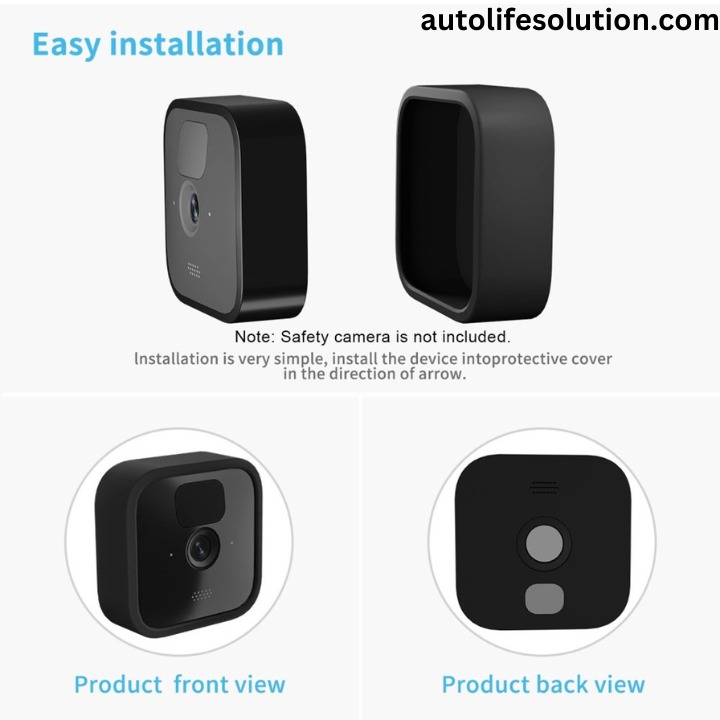
The Blink Cameras can you have on One Module framework is a remote home surveillance camera arrangement intended to be reasonable, simple to utilize, and adaptable. At the core of the system is the Blink Sync Module, a little box that empowers correspondence between your cameras and the Blink application. This is the very thing that you want to be familiar with the number of cameras that each Blink module can uphold:
- The Blink Sync Module is expected for all Blink remote cameras to work. This module is associated with your WiFi switch to empower remote review and capacity of video cuts in the cloud.
- The first Blink Sync Module can hold up to 10 Blink cameras the while. This could incorporate any blend of Blink indoor, open-air, or doorbell cameras. 10 cameras for every module is the most extreme breaking point.
- The new Blink Sync Module 2 grows limit, permitting you to associate up to 20 Blink cameras or doorbells to one module. This second-era module builds the size for putting away video cuts locally before moving them to the cloud.
- Regardless of which Blink Sync Module you have, all associated cameras should be on a similar WiFi network to speak with the module. The sync module doesn’t interface cameras across various WiFi organizations or areas.
- Adding more Blink Cameras can you have on One Module Sync Modules allows you to further expand your system. For example, two modules could sync with up to 20 or 40 cameras depending on which module versions are used. Keep in mind each module will create a separate group of cameras managed through that module’s settings.
So in summary – the module acts as the hub allowing your Blink cameras to interact. Make sure you count cameras and choose the right module version to support the system size you need! Adding modules scale up the number of cameras you can work with.
Understanding Blink Cameras can you have on One Module
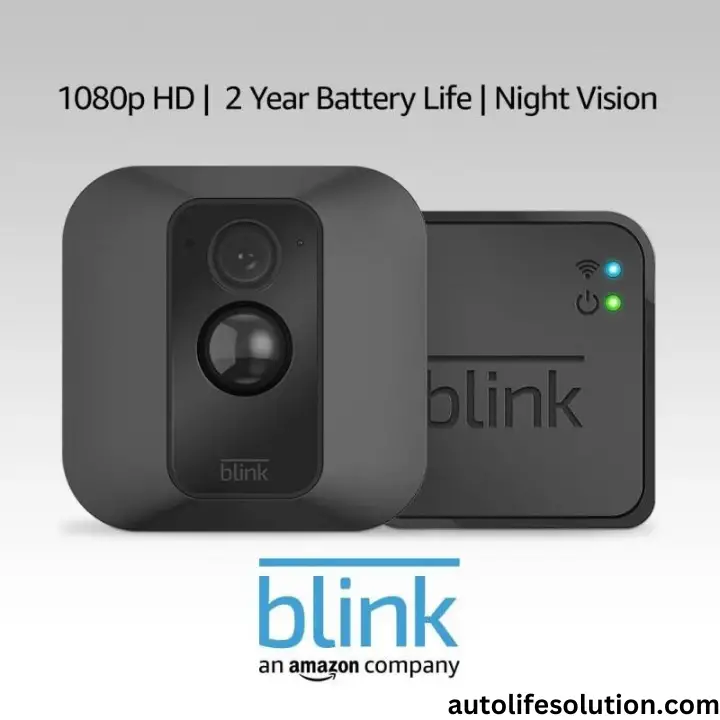
While setting up a Blink camera framework, the Sync Module is the focal centre point that interfaces your cameras and empowers remote survey. This is the thing you want to be aware of:
- The standard Blink Sync Module 2 backs up to 10 Blink cameras at the same time. This permits you to make a hearty home security system with eyes on various passage focuses, floors, and outside regions.
- If you need expanded capacity, the Blink Sync Module 2 Plus supports up to 15 cameras connected at once. This upgraded module packs more processing power to handle the extra camera feeds.
- Both Sync Modules work with a mix of Blink indoor, outdoor, and video doorbell cameras. You can customize your system with different combinations of camera models based on where you want coverage.
- The modules connect to Wi-Fi and enable the camera feeds to be viewed from your smartphone via the Blink Home Monitor app from anywhere. No hub is required!
- Sync Modules are intended for indoor utilisation as it were. Place your module in a focal area in your home close to an outlet. Get it far from over-the-top intensity, cold, and dampness.
- The simple arrangement requires minutes. Simply plug in the module, associate it with Wi-Fi, add the Blink application, and begin matching your cameras. The application strolls you through the whole interaction.
So in short, the key is Blink Cameras can you have on One Module purchasing the Sync Module with enough capacity for the number of Blink cameras you plan to install. From that point, the arrangement is a breeze and everything interfaces remotely. Inform us as to whether you have any other inquiries!
The Limitations of a Single Blink Sync Module
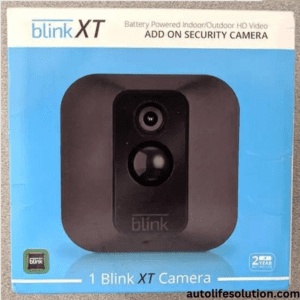
A solitary Blink Sync Module can uphold up to 10 Blink cameras, so that is the greatest number you can interface with one module. The Sync Module goes about as the extension between your Blink cameras and WiFi organization.
It gets the video taken care of from every camera and transfers them to the cloud for capacity and remote review through the Blink application.
Why 10 Cameras Max Per Module
The Blink Module has technical limitations in terms of bandwidth and processing power. Each connected camera is continuously streaming video to the Blink Sync Module, which then needs to handle encoding and transmitting that video feed up to the cloud. Too many cameras would overload the Sync Module’s capabilities.
Ten 1080p HD video streams are already pushing the limits of what one Sync Module can handle. So Blink set a 10-camera per module limit to ensure performance doesn’t suffer.
What If You Need More Than 10 Cameras?
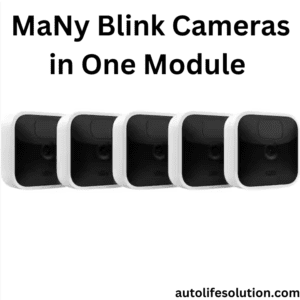
No problem – just add additional Sync Modules. Each module can support up to 10 cameras, so two modules get you up to 20 cameras in total.
The only limitation is that each group of cameras connected to a Sync Module will show up as a separate system in the Blink app. For example, cameras #1-10 on Sync Module 1 will be System 1. Cameras #11-20 on Sync Module 2 will be System 2.
You can view and manage each system’s cameras separately within the app. But there’s no way to merge into a single unified dashboard if you have multiple Sync Modules. A minor inconvenience for large camera deployments across a property.
So in summary – you can have as many Blink Cameras can you have on One Module as you want, you just need to add more Sync Modules to go beyond 10, keeping in mind each module will be its system.
Recommended Number of Cameras Per Module

The Blink System permits you to interface different Blink cameras to a solitary Sync Module. The quantity of cameras each Sync Module can uphold relies upon a couple of elements.
Blink recommends connecting no more than 10 cameras per Sync Module. Any more than that and you may experience connectivity or performance issues.
- The Sync Module has 10 channels for connecting individual cameras or devices. So technically you could connect up to 10 cameras, but more than 5-7 cameras at once may impact WiFi bandwidth and video quality.
- If you have a smaller home or apartment, 5-7 cameras per module is probably sufficient. For larger homes with multiple floors or outdoor areas to cover, using multiple Sync Modules for 10-15 cameras total allows for better coverage without overloading a single module.
- Battery life is also a consideration. Having fewer cameras connected to a Sync Module allows the batteries in each Blink Mini camera or Blink Outdoor camera to last longer between charges.
- WiFi bandwidth and internet speeds also come into play. If your internet plan has lower bandwidth or you already have numerous smart home devices connected, having fewer Blink cameras streaming at once prevents congestion and latency issues.
So in summary:
- Blink officially supports up to 10 cameras per Sync Module
- 5-7 cameras per module are recommended for best performance
- For larger coverage areas, use multiple Sync Modules instead of maxing out one
- Factors like WiFi bandwidth and battery life should be considered
Getting the right balance of cameras across modules ensures you don’t overtax your Blink system while still getting seamless video coverage. Start with what you need today and you can always add more Blink cameras and Sync Modules later as your needs change!
Tips for Optimizing Multiple Cameras on One Module

Blink prescribes associating up to 10 cameras for each Sync Module 2. Be that as it may, the real number of cameras your framework can support will rely upon a couple of key variables:
- Camera areas – Cameras that are far away from the module or have obstacles will require a more grounded sign to impart. So on the off chance that your cameras are spread across a huge property, you may simply have the option to interface 6-8 cameras before execution is impacted.
- Power source – The module is fueled by your home’s voltage, so ensure it’s constantly connected to an outlet, in addition to a plug extension or electrical rope. Interfacing such a large number of cameras on a feeble power source will cause issues.
- Wi-Fi strength – The module interfaces with Wi-Fi to empower remote access through the application. Assuming your Wi-Fi switch is far away or the sign is feeble, execution will endure. Place your module in a focal area with the most grounded Wi-Fi signal.
- Video settings – Cameras set to high resolution and frequent motion activation will use more bandwidth. Lowering video quality slightly can improve performance for multiple cameras.
To optimize multiple cameras per module:
- Position cameras under 15 feet from the module if possible.
- Stagger camera positions – don’t cluster in one area.
- Point antennas on the module toward the farthest cameras.
- Ensure the module has a strong, consistent power source.
- Place the module centrally to your Wi-Fi router.
- Adjust motion detection zones and video quality as needed.
Testing various arrangements and settings will assist you with tracking down the right equilibrium for your requirements. With some tweaking, you ought to have the option to interface up to 10 Blink cameras on one Sync Module 2.
When to Add Additional Sync Modules
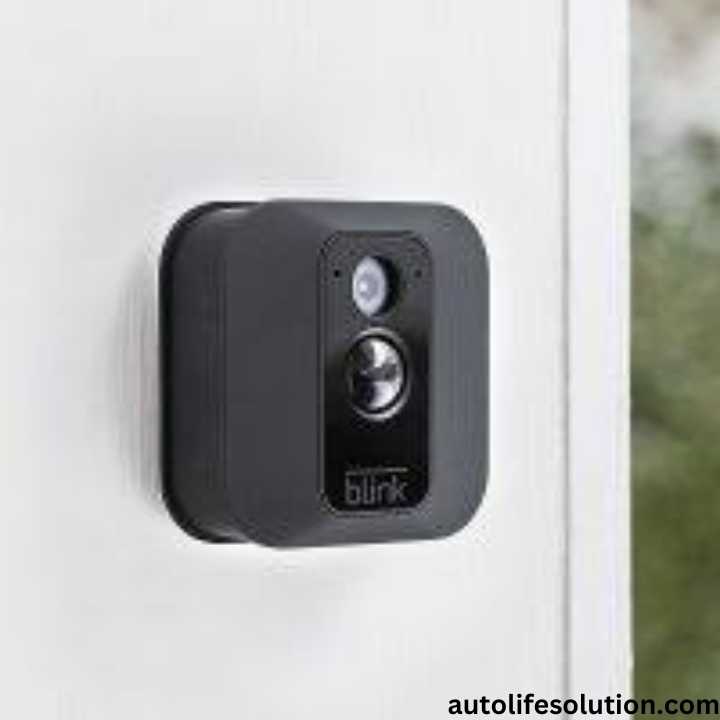
So you’ve got one or two Blink Cameras can you have on One Module set up on your initial Sync Module. But what do you do when you want to expand your system with more cameras? At some point, you’ll need to add extra Sync Modules.
The Basics
- Each Sync Module can support and sync video for up to 10 Blink cameras or devices simultaneously.
- If you only have one or two cameras, the single Sync Module included in most Blink camera kits will probably be sufficient.
- Once you go over 10 cameras, you’ll need to add a Sync Module for every 10 extra cameras to sync and view all the video feeds.
Signs It’s Time to Add a Module

How do you know when it’s time to expand? Here are some signs you may need another Sync Module:
- You want to install your 11th camera or device. Nine was fine, but camera #10 means it’s time.
- You notice delays, lag times, or sync issues when viewing live feeds or video clips, especially if you have 8-10 devices on one module already. This indicates the module is overloaded.
- You want to place cameras too far away from the main module’s WiFi range. Additional modules placed closer can boost the signal.
- You experience frequent offline notifications or cameras dropping off the network, pointing to potential interference issues. Extra modules provide more wireless coverage.
The bottom line? Once you hit 10-11 Blink cameras or devices, strongly consider adding another Sync Module to maintain optimal performance. Staggering cameras across multiple modules helps minimize bottlenecks.
Ideal Camera Placement to Maximize Coverage

While setting up your Blink cameras, key situations are vital to making a point to focus on the most. The objective is to wipe out blindspots and amplify the permeability of your property. Here are a few hints on ideal situating:
- Place cameras covering entrances/exits. Position them angled outwards over doors, gates, driveway access points, etc. This way you can see people coming and going.
- Mount cameras 10-15 feet high with a wide field of view. Higher mounting plus a 110° field of view enables seeing more space below and surrounding the camera.
- Point cameras where activity happens most. Focus on high-traffic areas like front/back doors, pathways, and yard access points. Capture the spaces you and visitors frequent.
- Consider light conditions. Avoid aiming at bright light sources that could cause glare and dark/shadowed areas where visibility is poor.
- Overlap camera views if possible. Having multiple cameras covering an area from different angles leaves fewer blindspots if one camera’s view is obstructed.
- Position cameras out of reach. Mount them high or utilize the included security mount to prevent tampering.
Experiment with different placements while setting up. Walk around with your phone watching the live view from cameras as you move them. This allows you to refine positions for optimal visibility before permanently mounting them. With smart positioning guided by your property’s layout, traffic patterns and lighting, you’ll maximize your Blink system’s potential for keeping an eye on things.
Troubleshooting Tips for Too Many Cameras on One Module

If you’re getting error messages or performance issues trying to connect multiple Blink cameras to a single Sync Module, don’t panic! Here’s some troubleshooting tips to get things running smoothly again:
- Check the limit – Remember, each Sync Module 2 can support up to 10 cameras, while the older Sync Module 1 tops out at 6 cameras. If you’ve exceeded the limit, you’ll need to add another module or remove some cameras.
- Update firmware – Make sure all your cameras and the Blink Sync Module have the latest firmware installed. Outdated firmware can cause connectivity and capacity problems. Update in the Blink App.
- Sync Module placement – The module needs to be centrally located in your home and within range of all cameras for best performance. Reposition it if needed to improve the connection.
- WiFi issues – Weak WiFi in certain areas will affect the camera feed and connectivity. Consider WiFi extenders or range boosters if needed. Or move the module closer to your router.
- Too much activity – Lots of motion and activity on multiple cameras can strain the module’s capacity, resulting in choppy feeds. Strategically position cameras to reduce captures of unimportant motion.
- Faulty hardware – In rare cases of persistent problems across multiple cameras, you may have a defective Sync Module. Contact Blink Customer Support about a replacement.
The key is finding the right balance between number of cameras and activity levels to avoid overloading your system. With some strategic troubleshooting and adjustments, you’ll have a smoothly operating Blink security camera setup in no time! Let me know if any other issues come up.
FAQs
How Many Blink Cameras Can You Connect to One Module?
You can interface up to 10 Blink cameras to a solitary Blink sync module 2. This permits you to make a vigorous home security system with a few cameras checking various regions of your home or property.
- The Blink sync module 2 goes about as a centre point, interfacing your Blink cameras to Wi-Fi and empowering remote survey from your cell phone.
- One sync module 2 can uphold up to 10 Blink indoor or outside cameras. You can’t join camera types, however – indoor cameras just work with other indoor cameras and outside with open air.
- To interface more than 10 cameras, you would require an extra sync module 2. Add numerous modules to your Blink Home Screen application and all cameras will be available in a similar connection point.
- There are no wires or links included. The cameras interface with the sync module remotely, for however long they are inside Wi-Fi range.
- The sync module 2 should be connected to an electrical plug. It has a USB port to interface an outer stockpiling gadget to locally store video cuts.
So in summary:
- 1 sync module 2 = up to 10 Blink cameras
- 2 sync modules = up to 20 Blink cameras
- 3 sync modules = up to 30 Blink cameras
Conclusion
- In conclusion, the query of how many Blink Cameras one may have on an unmarried module hinges on different factors which include network potential, power supply, and practical usability.
- While there might not be a definitive answer relevant to all situations, it’s important to recollect the restrictions and competencies of the device to achieve the most effective performance and functionality.
- Whether it is maximizing coverage, minimizing community congestion, or making sure of seamless operation, a considerate technique for deploying Blink Cameras inside a module can result in a greater green and powerful surveillance answer.
- And so on. The modular expandability makes the Blink system versatile for small to large home setups. Position multiple modules around your home for extended coverage.
Related Articles

3 Replies to “How many Blink Cameras can you have on One Module?”